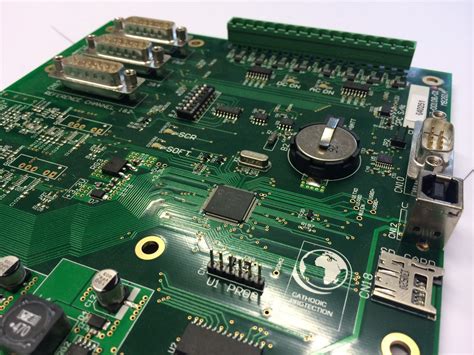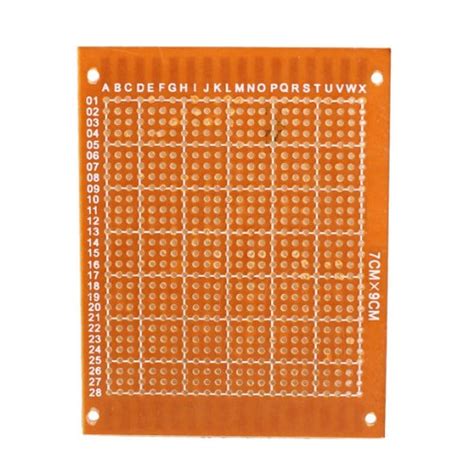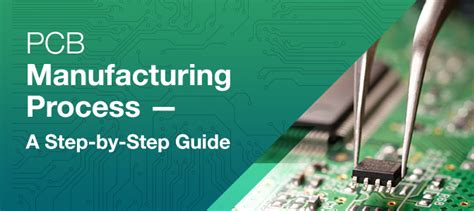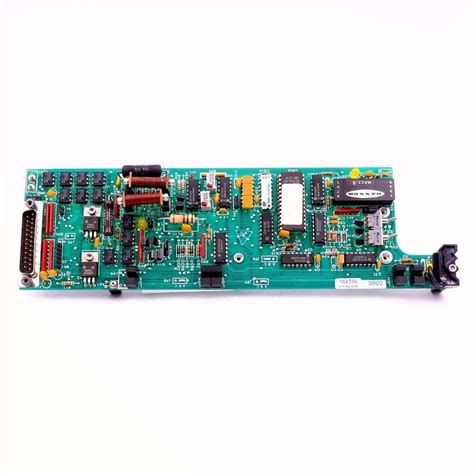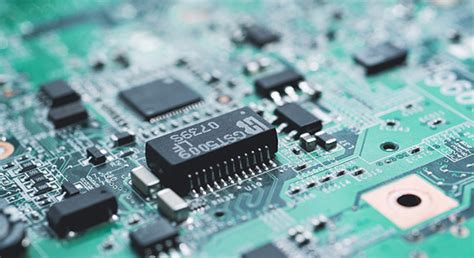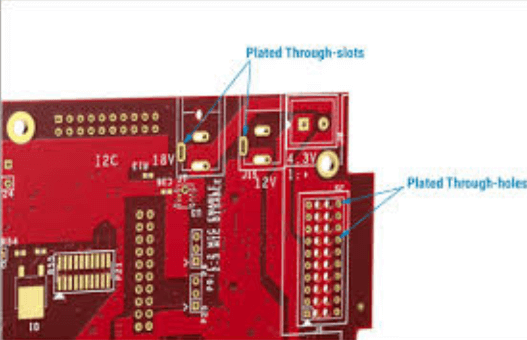How to repair flexible pcb
Understanding The Basics Of Flexible PCB Repair
Flexible printed circuit boards (PCBs) are integral components in modern electronic devices, offering versatility and durability. However, like all electronic components, they are susceptible to damage and require repair from time to time. Understanding the basics of flexible PCB repair is essential for maintaining the functionality and longevity of electronic devices. This article aims to provide a comprehensive overview of the fundamental aspects of repairing flexible PCBs, guiding you through the process with clarity and precision.
To begin with, it is crucial to understand the structure and composition of flexible PCBs.
Unlike traditional rigid PCBs, flexible PCBs are made from flexible materials such as polyimide or polyester films. These materials allow the circuit board to bend and flex, making them ideal for applications where space is limited or where the board needs to conform to a specific shape. However, this flexibility also makes them more prone to physical damage, such as tears or cracks, which can disrupt the electrical pathways and lead to device failure.
When approaching the repair of a flexible PCB, the first step is to conduct a thorough inspection to identify the extent and nature of the damage.
This involves visually examining the board for any obvious signs of wear, such as broken traces or damaged components. Additionally, using a multimeter to test for continuity can help pinpoint areas where the electrical connection has been compromised. Once the damaged areas have been identified, the next step is to prepare the board for repair.
Cleaning the affected area is a critical part of the preparation process.
Any dirt, dust, or residue must be removed to ensure a clean surface for repair. This can be achieved using isopropyl alcohol and a soft brush, taking care not to apply excessive pressure that could further damage the board. After cleaning, it is important to allow the board to dry completely before proceeding with the repair.
Repairing a flexible PCB often involves re-establishing broken connections.
One common method is to use conductive ink or epoxy to bridge gaps in the circuit. Conductive ink is a liquid solution that contains metal particles, which can be applied to the damaged area using a fine brush or pen. Once applied, the ink needs to be cured, typically by applying heat, to ensure a solid and conductive repair. Alternatively, conductive epoxy can be used, which offers a more durable solution but requires careful mixing and application.
In cases where components are damaged, they may need to be replaced.
This involves desoldering the faulty component and soldering a new one in its place. Given the delicate nature of flexible PCBs, it is essential to use a soldering iron with a fine tip and to apply heat sparingly to avoid damaging the board further. Additionally, using a low-temperature solder can help minimize the risk of heat damage.
Finally, once the repair is complete, it is important to test the board thoroughly to ensure that all connections are intact and that the device functions as expected. This involves reassembling the device and conducting a series of tests to verify its performance. By following these steps and understanding the intricacies of flexible PCB repair, one can effectively restore the functionality of electronic devices, ensuring their continued operation and reliability.
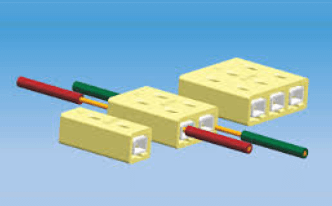
Essential Tools And Materials For Flexible PCB Repair
Repairing flexible printed circuit boards (PCBs) requires a precise approach, as these components are integral to the functionality of many modern electronic devices. To ensure a successful repair, it is essential to have the right tools and materials at your disposal. This article will guide you through the essential tools and materials needed for flexible PCB repair, providing a comprehensive understanding of their roles and applications.
To begin with, a high-quality soldering iron is indispensable for any PCB repair task.
When working with flexible PCBs, it is crucial to use a soldering iron with adjustable temperature settings. This feature allows for precise control over the heat applied, preventing damage to the delicate circuits. Additionally, a fine-tipped soldering iron is recommended to ensure accuracy when working on small components and intricate circuit paths.
In conjunction with a soldering iron, solder wire is another fundamental material.
For flexible PCBs, lead-free solder is often preferred due to its environmental benefits and compliance with industry standards. The diameter of the solder wire should be chosen based on the size of the components being repaired; thinner wire is generally more suitable for fine work. Moreover, flux is an essential companion to solder wire, as it helps clean the surfaces to be joined and improves the flow of solder, ensuring a strong and reliable connection.
Moving on, a desoldering tool is equally important for removing faulty components or excess solder.
Desoldering pumps and solder wick are two common options. A desoldering pump, or solder sucker, is effective for quickly removing larger amounts of solder, while solder wick is ideal for cleaning up smaller areas and ensuring a tidy workspace. Both tools are invaluable for preparing the PCB for new components or connections.
Furthermore, magnification tools such as a magnifying glass or a microscope are crucial for inspecting the PCB and identifying issues that may not be visible to the naked eye.
These tools allow for a detailed examination of the circuit paths and components, facilitating accurate diagnosis and repair. In addition, precision tweezers are essential for handling small components and placing them accurately on the PCB.
Another important material is a PCB cleaning solution, which is used to remove any residue or contaminants from the board. This step is vital to ensure that the repaired connections are free from impurities that could affect performance. Isopropyl alcohol is a commonly used cleaning agent due to its effectiveness and quick evaporation rate.
In addition to these tools and materials, having a multimeter on hand is beneficial for testing the repaired PCB.
A multimeter can measure voltage, current, and resistance, allowing you to verify that the circuit is functioning correctly after the repair. This step is crucial to ensure that the repair has been successful and that the PCB will operate as intended.
In conclusion, repairing flexible PCBs requires a careful selection of tools and materials to ensure precision and reliability. By equipping yourself with a high-quality soldering iron, appropriate solder wire and flux, desoldering tools, magnification aids, precision tweezers, cleaning solutions, and a multimeter, you will be well-prepared to tackle any flexible PCB repair task. These tools and materials not only facilitate the repair process but also contribute to the longevity and performance of the repaired circuit, ensuring that your electronic devices continue to function optimally.

Step-By-Step Guide To Fixing Common Flexible PCB Issues
Repairing flexible printed circuit boards (PCBs) can be a meticulous task, yet with the right approach, it is entirely manageable. Flexible PCBs, known for their adaptability and lightweight nature, are increasingly used in various electronic devices. However, their delicate structure makes them susceptible to damage. Understanding how to address common issues can extend the life of these components and ensure the continued functionality of the devices they support.
To begin with, it is essential to identify the specific problem affecting the flexible PCB.
Common issues include broken traces, delamination, and component failure. A thorough visual inspection under adequate lighting can reveal visible damage such as cracks or burnt areas. For more subtle issues, employing a multimeter to check for continuity can help pinpoint breaks in the circuit. Once the problem is identified, the appropriate repair method can be selected.
For broken traces, one effective solution is to use a conductive pen.
This tool allows for the precise application of conductive ink to bridge gaps in the circuit. Before applying the ink, it is crucial to clean the affected area with isopropyl alcohol to remove any dirt or residue that could impede adhesion. After cleaning, carefully apply the conductive ink over the broken trace, ensuring a smooth and continuous line. Allow the ink to dry completely, which may take several hours, depending on the product used. Once dry, recheck the continuity with a multimeter to confirm the repair’s success.
In cases of delamination, where layers of the PCB have separated, a different approach is necessary.
Delamination can compromise the structural integrity and electrical performance of the board. To address this, apply a small amount of epoxy adhesive between the separated layers. Use a clamp or a similar tool to hold the layers together while the adhesive cures. It is important to ensure that the adhesive does not seep into unwanted areas, as this could cause further issues. After the adhesive has set, inspect the board to ensure that the layers are securely bonded.
Component failure on a flexible PCB requires careful desoldering and replacement of the faulty part.
Using a soldering iron with a fine tip, gently heat the solder joints of the defective component until the solder melts. Carefully remove the component with tweezers, taking care not to damage the surrounding traces. Once removed, clean the pads with a desoldering braid to remove any excess solder. Position the new component in place and solder it carefully, ensuring that each joint is secure and free of cold solder joints, which can lead to intermittent connections.
Throughout the repair process, it is vital to handle the flexible PCB with care to avoid introducing new damage.
Avoid excessive bending or twisting, as this can exacerbate existing issues or create new ones. Additionally, maintaining a clean and organized workspace can prevent accidental damage and ensure that all necessary tools and materials are readily accessible.
In conclusion, repairing flexible PCBs requires a methodical approach and attention to detail. By accurately diagnosing the issue and applying the appropriate repair techniques, it is possible to restore functionality and extend the lifespan of these versatile components. With practice and patience, even complex repairs can be successfully executed, ensuring that electronic devices continue to operate smoothly.
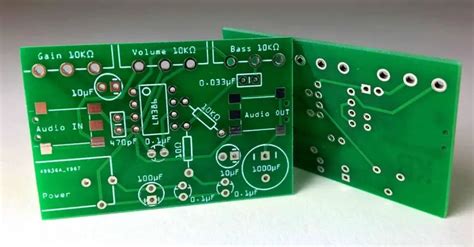
Tips For Preventing Damage During Flexible PCB Repair
When it comes to repairing flexible printed circuit boards (PCBs), the process requires a delicate balance of precision and care. These intricate components are essential in a wide range of electronic devices due to their lightweight, compact, and flexible nature. However, their very flexibility can make them susceptible to damage during repair. Therefore, understanding how to prevent damage during the repair process is crucial for maintaining the integrity and functionality of the PCB.
To begin with, it is essential to work in a clean and controlled environment.
Dust, static electricity, and other contaminants can easily compromise the delicate circuits on a flexible PCB. Utilizing an anti-static mat and wrist strap can help mitigate the risk of static discharge, which can irreparably damage the board. Additionally, ensuring that the workspace is free from dust and debris will prevent any foreign particles from interfering with the repair process.
Moreover, handling the flexible PCB with care is paramount.
These boards are designed to bend and flex, but excessive force or improper handling can lead to cracks or breaks in the circuit. It is advisable to use tools specifically designed for handling PCBs, such as tweezers with soft tips, to avoid applying unnecessary pressure. Furthermore, when bending the board is necessary, it should be done gently and evenly to distribute the stress across the entire surface, thereby minimizing the risk of damage.
In addition to careful handling, the use of appropriate tools and techniques is vital.
Soldering is a common repair method for PCBs, but it requires precision and control. Using a soldering iron with a fine tip and adjustable temperature settings can help ensure that the heat is applied only where needed, preventing damage to surrounding components. It is also beneficial to use a soldering station with a built-in fume extractor to maintain a safe and clean working environment.
Furthermore, selecting the right materials for repair is crucial.
The solder used should be compatible with the materials of the flexible PCB to ensure a strong and reliable connection. Lead-free solder is often recommended due to its environmental benefits and compliance with industry standards. Additionally, using a flux that is specifically designed for electronics can help improve the quality of the solder joint by cleaning and preparing the surfaces to be joined.
Another important consideration is the inspection of the flexible PCB before and after the repair.
Before beginning any repair work, it is essential to thoroughly inspect the board for any existing damage or weak points. This can help identify areas that may require special attention during the repair process. After the repair is completed, a final inspection should be conducted to ensure that all connections are secure and that no new damage has occurred.
Finally, continuous learning and staying updated with the latest repair techniques and tools can significantly enhance the quality of flexible PCB repairs.
Attending workshops, reading industry publications, and participating in online forums can provide valuable insights and tips from experts in the field.
In conclusion, repairing flexible PCBs requires a meticulous approach to prevent damage and ensure the longevity of the board. By maintaining a clean workspace, handling the board with care, using appropriate tools and materials, and conducting thorough inspections, one can effectively minimize the risk of damage during the repair process. Through these practices, the integrity and functionality of flexible PCBs can be preserved, ensuring their continued performance in electronic devices.

